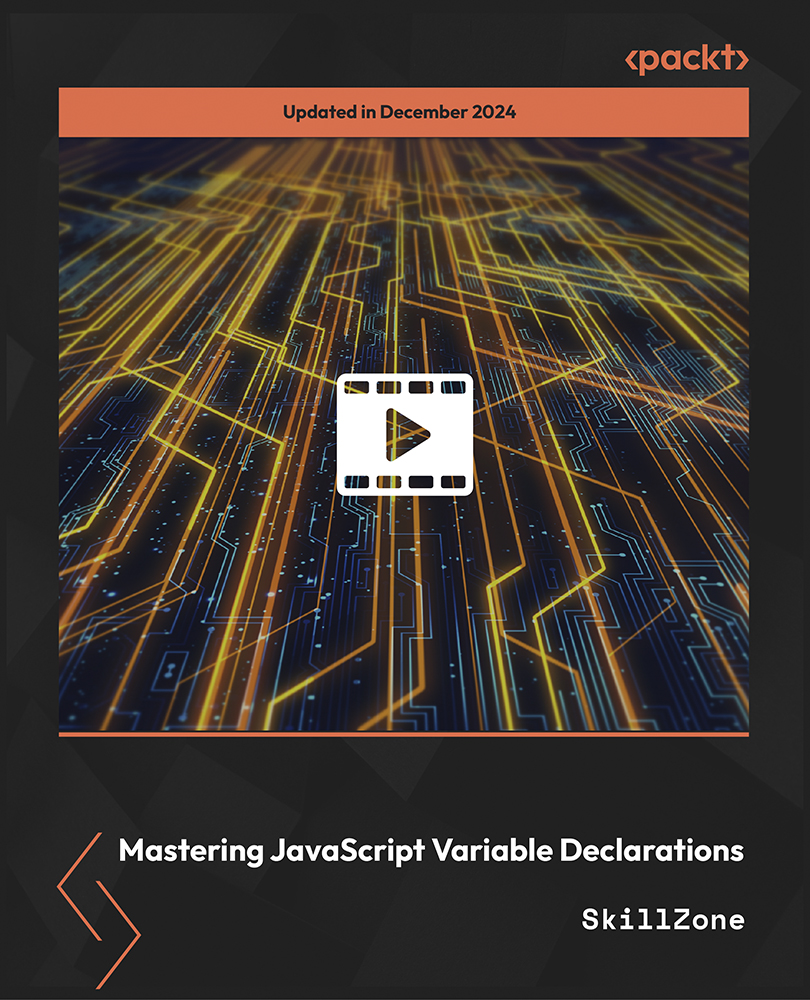-
Build your personal voice assistant with the help of Python libraries and modules from scratch
-
Python beginners and experts can benefit from this project
-
Comes bundled with resource files that can be implemented while learning and add it to your own portfolio
Learning through your own little projects is the best and most enjoyable way to improve your skills.
In the world of today, we all already use virtual assistants such as Alexa, Siri, Google Assistant, and others increasingly in our daily life. It is convenient and this will only increase in the next few years. So, wouldn’t it be interesting to learn the fundamentals to create our own virtual assistant?
This is exactly the goal of this course, and it creates a lot of fun doing it. We can ask our virtual assistant to play songs, search YouTube, return stock quotes, and do many other things.
Doesn’t that sound interesting?
So, let’s not waste any time and start working on this project together. You will start by running Jupyter Notebook and understanding some basic Python libraries. Followed by adding components of your virtual assistant like data, time, voice to text, and so on. Finally, you will execute and test your virtual assistant and modify it as per your requirement.
The cherry on the top, you can also add this project to your own portfolio later to show potential employers your skills!
By the end of this course, you will build a working and your first personal virtual assistant using Python and learn some basic Python libraries and modules.
All the resource files are uploaded on the GitHub repository at https://github.com/PacktPublishing/How-to-build-your-own-first-Voice-Assistant-in-Python
The course is designed for beginner to advanced level Python enthusiasts. Everyone who is interested in building a virtual assistant or students interested in building a chatbot, and finally, the ones who are interested in starting programming and looking for a project to add to their portfolio.
Windows system and Jupyter Notebook are used while building this project but feel free to choose the editor of your choice. No programming knowledge is required.
-
Learn basics to start your project on virtual assistant in Python
-
Launch Jupyter Notebook and start testing modules
-
Implement basic Python and useful Python libraries and modules
-
Add voice to the text component
-
Add time and date related component
-
Run and test your voice assistant project
 United States
United States
 Great Britain
Great Britain
 India
India
 Germany
Germany
 France
France
 Canada
Canada
 Russia
Russia
 Spain
Spain
 Brazil
Brazil
 Australia
Australia
 Singapore
Singapore
 Hungary
Hungary
 Ukraine
Ukraine
 Luxembourg
Luxembourg
 Estonia
Estonia
 Lithuania
Lithuania
 South Korea
South Korea
 Turkey
Turkey
 Switzerland
Switzerland
 Colombia
Colombia
 Taiwan
Taiwan
 Chile
Chile
 Norway
Norway
 Ecuador
Ecuador
 Indonesia
Indonesia
 New Zealand
New Zealand
 Cyprus
Cyprus
 Denmark
Denmark
 Finland
Finland
 Poland
Poland
 Malta
Malta
 Czechia
Czechia
 Austria
Austria
 Sweden
Sweden
 Italy
Italy
 Egypt
Egypt
 Belgium
Belgium
 Portugal
Portugal
 Slovenia
Slovenia
 Ireland
Ireland
 Romania
Romania
 Greece
Greece
 Argentina
Argentina
 Netherlands
Netherlands
 Bulgaria
Bulgaria
 Latvia
Latvia
 South Africa
South Africa
 Malaysia
Malaysia
 Japan
Japan
 Slovakia
Slovakia
 Philippines
Philippines
 Mexico
Mexico
 Thailand
Thailand
















